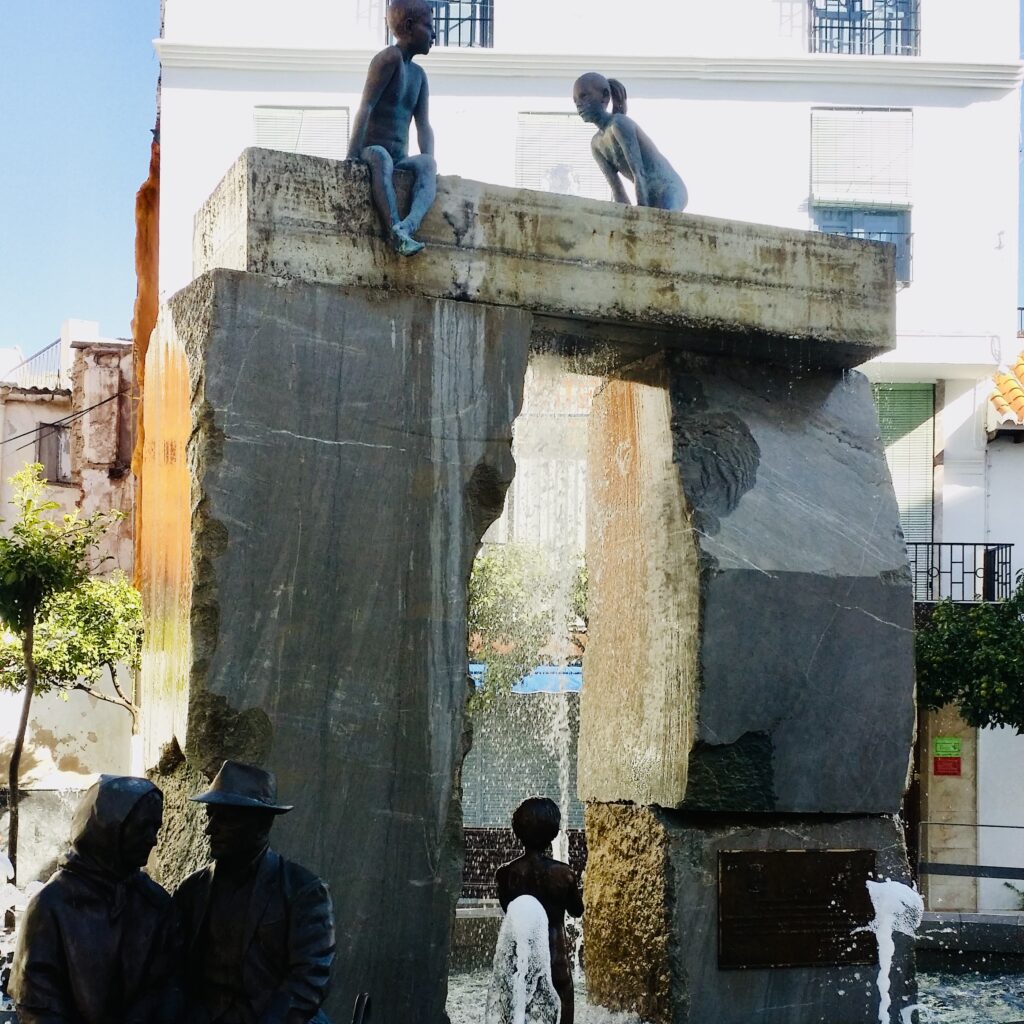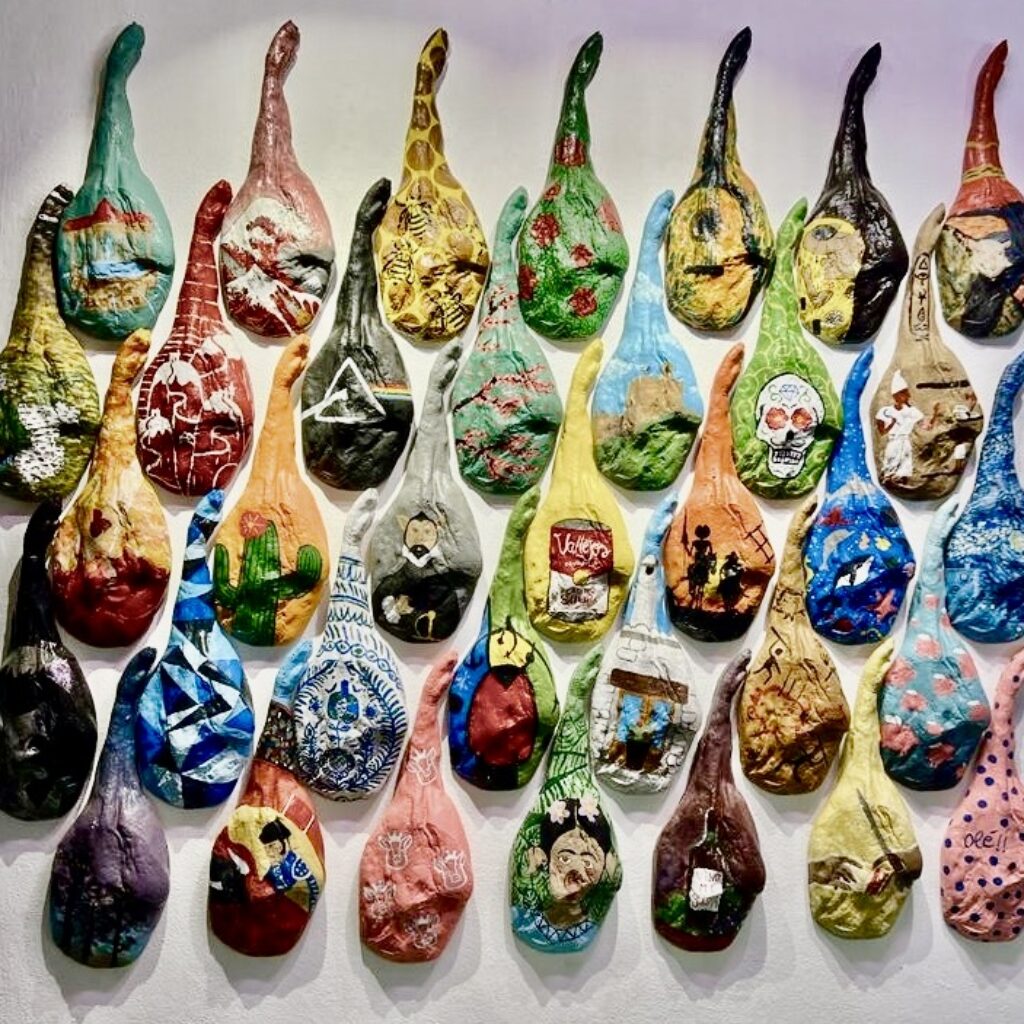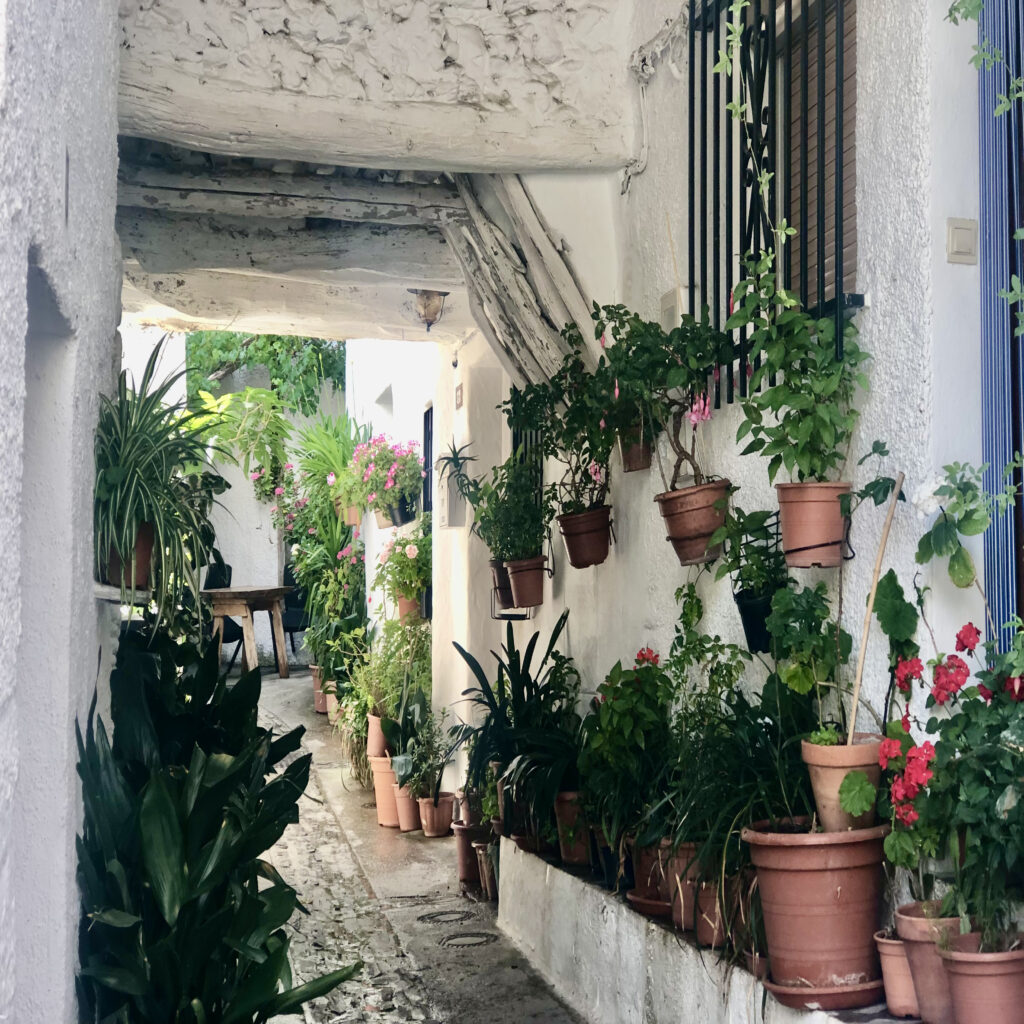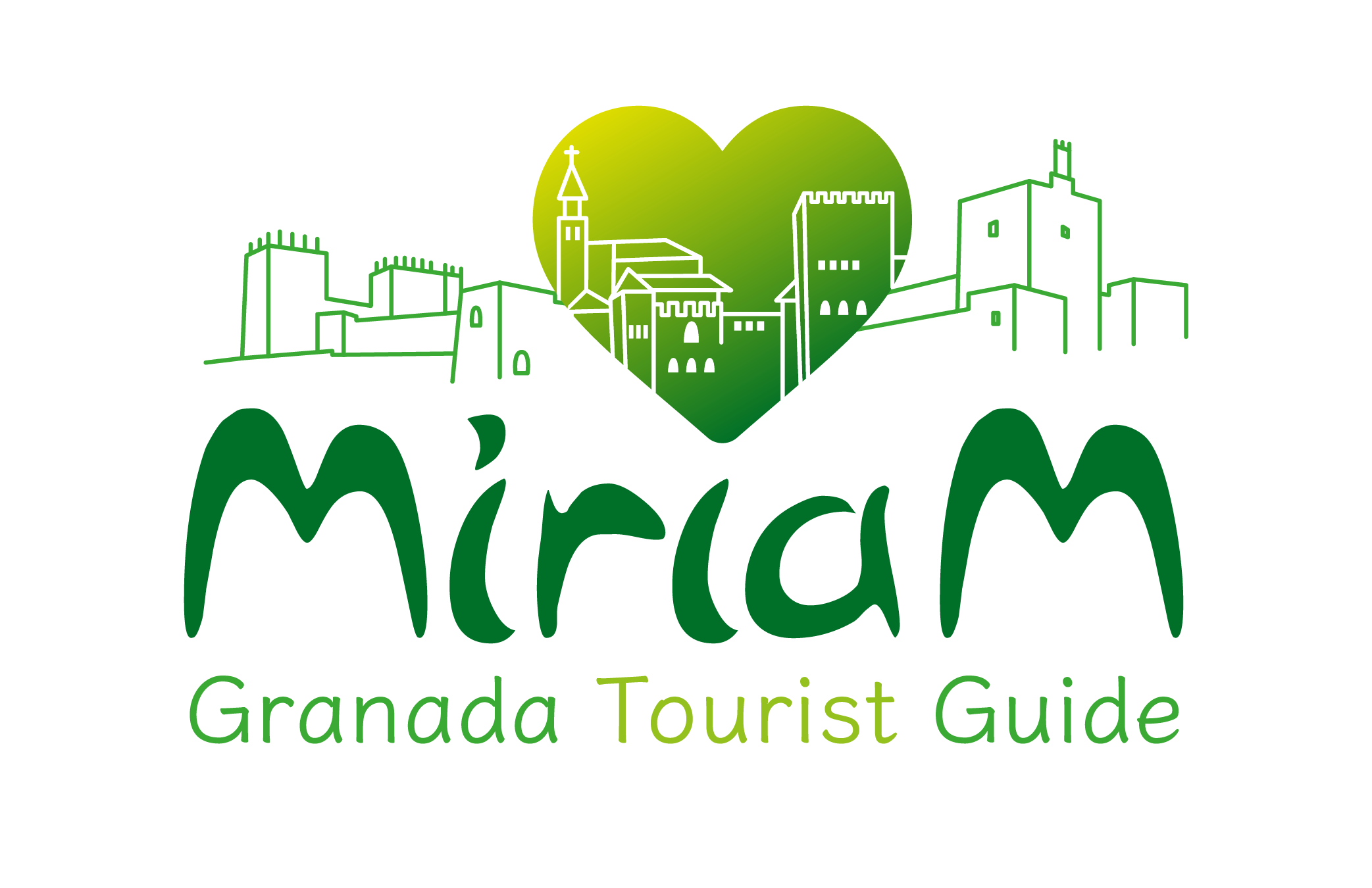Table of Contents
A day visit to Las Alpujarras?
Fancy a day visit to Las Alpujarras in Granada?
Andalusia is one of Spain’s most diverse and exciting regions, and Granada itself is certainly a prime example of this.
Exploring the city of Granada will probably take you at least a day.
However, there are many other places within easy reach that add even more value to the Andalusian experience.
Undoubtedly, one place worth visiting.
Not only because of its natural beauty but also because of its genuine Andalusian heritage are the well-known “Pueblos Blancos” in the Alpujarras Granadinas.
This group of villages is located between the provinces of Almería and Granada covers an area of 2,600 km2.
Made up of a total of 60 municipalities, las Alpujarras had been declared National Park, Biosphere Reserve and an Asset of Cultural Interest.
Furthermore some of its municipalities are situated in the southern slope of the magnificent Sierra Nevada Natural Park, which is called The Alpujarra Granadina.
Surrounded by an imposing alpine landscape, fertile orchards and cultivated terraces bathed by natural springs fed by the snow-capped peaks.
These small whitewashed villages had been inhabited by the Moors in the 14th century.
Then its name “Alpujarra”, from the Arab word “al-bugsharra”, which means “mountain range” or “grazing mountain”.
There you can still admire authentic Mudejar churches, curious flat-roofed houses and its unique chimneys.
The Alpujarras are situated only 50 km from Granada and are the perfect day trip to experience the authentic essence of Andalusia.
Las Alpujarras Granadinas, the origin

The Alpujarras Granadinas had been the last refuge of the Moors after the fall of Granada’s Nasrid kingdom in 1492.
And where Boabdil, the last sultan of the Nasrid kingdom of Granada, was exiled after the Catholic Monarchs took the city.
In 1568, the Moorish population was finally expelled from Granada.
After the revolt in which Abén Humeya, whose given name was Fernando de Córdoba y Válor, proclaimed himself King of the Alpujarra.
Its new inhabitants consisted of Christian families from the north, mostly originating from Andalusia, Castilla, Galicia and León.
Even today, the influence of the Moorish population can still be appreciated in the Alpujarras.
Firstly the agricultural landscape, secondly the architectural style of the houses with stone walls and flat roofs covered with launa.
Even more, the local cuisine, the weaving of carpets and jarapas and the many Moorish names of the places still reflect their Arabic ancestry today.
Likewise, the continuity of cultural expressions such as the Trovo, a legacy of Andalusian folklore, that consists of a free duel between two poets accompanied by music.
Due to its difficult access location, the Alpujarras have been secluded for many years, as a result of this isolation, stories and legends have been generated that are still alive today.
On a day trip in Las Alpujarras you can learn about legendary stories of haunted houses, souls in pain, healing waters…
However, the greatest treasure of this unique region of Granada is without any doubt the stunning beauty of its white villages, its delicious gastronomy and its people.
There is much to see and do during a day trip to the Alpujarras, and planning ahead is certainly the best way to optimize your getaway.
How to organize a day visit to Las Alpujarras
The Alpujarras of Granada are full of natural beauty, charm and history, ingredients that make a day visit to the Alpujarras a complete experience.
Below you will find the most beautiful itinerary through the enchanting white villages of the Alpujarras.
Boasting the most unique architecture, exquisite gastronomy and centuries-old traditions.
Getting started
Is well worth it to start your day’s visit to the Alpujarras early in the morning, a journey full of places to discover, things to learn and tasty treats to enjoy awaits us.
The first stop is the Puente de Tablate (Tablet Bridge), dating back from 1238, still marks the entry to the Alpujarra and it is the last Nasrid bastion of the Kingdom of Granada.
Its name, “talbate”, derived from the Latin “tabulatus” means plank and refers to the first bridge that was built with wooden planks.
The Tablate Bridge has a length of 23 meters, and its height varies from almost 12 meters on the left side to 10 meters on the right.
When we pass the bridge we enter The Alpujarras region.
First town from our Alpujarras day visit, Lanjarón

It seems that its first inhabitants, a group of nomadic Berbers, settled here in the 13th century.
It is also believed that the name of the village Lanjarón comes from the Arabic word Al-lancharon, which means “place of fountains or springs”.
No wonder why the town’ s various fountains and pillars attract visitors to drink its water and refill bottles to refresh themselves along the way.
One of the main attractions of the village is the famous spa dating back to the 17th century, the most important in Andalusia.
Traditional wickerwork and traditional carpets made on the weaving looms are much appreciated in this village, hence their display around the main street.
And for the sweet-toothed, Lanjarón has its wonderful Honey Museum.
Granada honey has a designation of origin.
With more than 40,000 hives spread throughout the valleys and plains of Granada, the coast and the high peaks of the Sierra Nevada.
If you are a cheese lover, paradise is waiting for you on this day trip in Las Alpujarras at Venta del Chaleco.
This family business producing artisanal local cheeses is a multiple gold, silver and bronze medal winner at the World Cheese Awards.
The owner, taking pride in his outstanding product, offers guided tours around the factory, followed by a delicious cheese and homemade marmalade tasting.
Second town from our Alpujarras day visit, Trevélez

The name, Trevélez, is believed to be of Latin origin, velex, meaning valley.
At the entrance to the village there is a sign that reminds us of its altitude, 1,476 meters, claiming to be the highest village in Spain.
But above all, Trevélez is known worldwide for its naturally cured hams, Denomination of Origin, in the fresh Sierra Nevada climate.
One of the most peculiar things you can do on a day visit to Las Alpujarras is, without a doubt, a guided visit to a ham dryer.
Like the one at Jamones Vallejo, where the art of making natural hams is taught, followed by a delicious tasting of ham and wine.
Third town from our Alpujarras day visit, Pampaneira

The name Pampaneira comes from the Latin pampinarius, meaning vine-leaf producer, which suggests that this land was famous for its vineyards and wine in Roman times.
Along it ‘s adjoining villages of Bubión and Capileira are part of the Conjunto Histórico del Barranco de Poqueira, largely located in the Sierra Nevada National Park.
This beautiful white village with enchantment, still conserves the typical character of the region.
Its steep cobbled streets with water channels in the center and colorful jarapas.
And also its traditional white houses with their terraos and tinaos; the traditional looms and local craft shops that fill the squares and streets with color.
A day visit to the Alpujarras is for sure an unforgettable experience you cannot miss if you come to Granada.
Contact me and let’s walk together on a route through the most characteristic villages of the Alpujarra, and get the most out of your stay in Granada.




Comment (0)